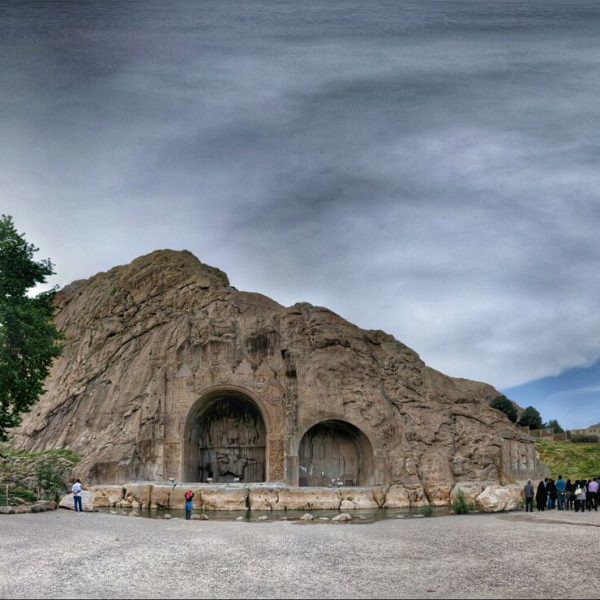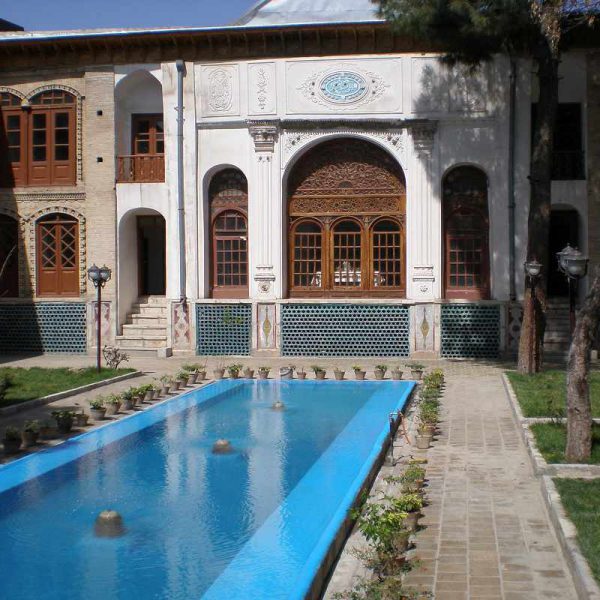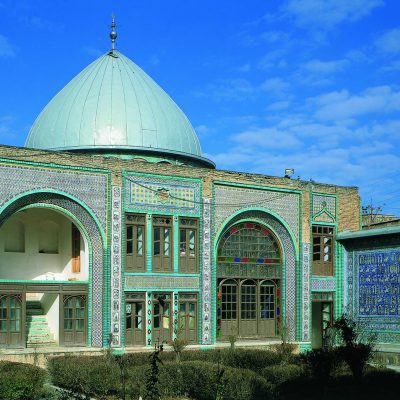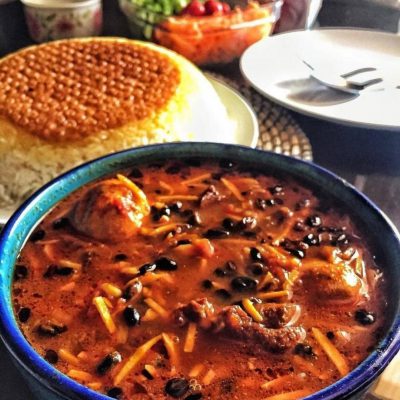People & the cultural customs of Kermanshah
As we mentioned before, Kermanshah is home to a great part of the Kurd Community. That is why locals mainly speak the Kurdi language. Also, the people speak Persian with Kalhori accent. Orami and Sorani are other famous accents of the Kurdi language in Kermanshah. A minority of Armenians, Arabs, Turks, Lurs, and Laks also speak their own language.
The customs practiced by the locals and families:
- Kha Bazi which is an old custom related to New Year in Kermanshah. It is actually a game played by the youngsters with gathering eggs.
- Shal Andazi, which is another ancient New Year ritual. For this, the youngsters would have given each other special treats hidden in a scarf.
- Kurdish Dance
- Playing special instrument for festivals and even mourning ceremonies.
Some of these customs are not practiced anymore. However, there are still seasonal festivals held in Kermanshah’s villages.
Some of these festivals are:
- Atash Nowruzi Festival
- The ceremony for the end of raining season
- Cheleh Havin Festival ( a mid-summer ceremony)
- Pomegranate festival
What is the best time to travel to Kermanshah?
Kermanshah is located in the mountainous zone of Zagros Mountain Range. That said, the city enjoys a moderate mountainous climate. Overall, the best seasons to visit this city and its nearby districts are spring, some months in summer, and fall.
Accordingly, the best time to travel to Kermanshah is:
- During spring from April to the end of May.
- From May to the end of September is the best time for enjoying the nature of Nature of Zagros Mountain.
- During the end of summer to the beginning of fall from September to the end of October.
Keep in mind that from June to the end of August, the hot summer weather prevails. On the other hand, heavy snow falls occur during winter, from December.
What is the best way to get to Kermanshah?
You may find seasonal international flights to Kermanshah’s Shahid Ashrafi Esfahani Airport. Also, there are many domestic flights from around Iran to this city. You can also use intercity bus services to reach Kermanshah. However, one of the best ways to travel to Kermanshah is by a car. Accordingly, there are several highways from around the country leading to this city. Interestingly, you can travel to Iraqi Kurdistan from Kermanshah by taking the ‘Rah Karbala’ Highway. If you need a private guide, driver or simply if you need to book domestic flights, trains or intercity buses, you can get the best deals through Travelopersia.
How to get around Kermanshah
Kermanshah is still in development in terms of public transportation. Currently, there are few bus line which can take you around the city. Since most attractions are outside the city, it is better to travel around by a car. That said, the best way to get around is by taxis, getting a driver guide, or renting a car. If you are looking for car rentals for your trips you can rent a car through Travelopersia.




